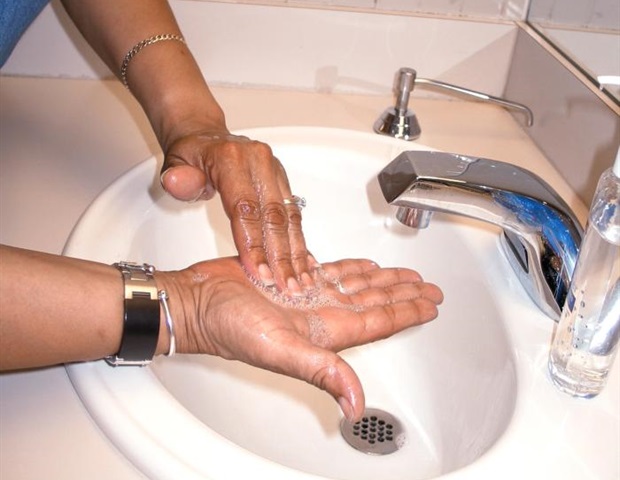Interactive dashboards improve hand hygiene compliance
Hand hygiene is the simplest, most effective way to prevent the spread of infections in healthcare, yet healthcare worker adherence is often low. Infection preventionists at two health systems will present their successful hand hygiene interventions at the Association for Professionals in Infection Control and Epidemiology's (APIC's) Annual Conference in Orlando Florida, June 26-28.
University of Michigan Health sustains 95% hospital-wide hand hygiene compliance through creation of interactive dashboards that visually depict data
In August of 2018, University of Michigan Health, based in Ann Arbor, Michigan, transitioned from using static charts to creating dynamic electronic dashboards to visualize hand hygiene compliance in real time across its 1,100-bed campus. Through use of commercially available Business Intelligence (BI) software, they generated weekly and monthly compliance reports, made month-to-month comparisons, and filtered data by unit and by role (e.g., Environmental Services, Nursing, etc.) to show the rate at which healthcare workers cleaned their hands at the appropriate moments. Details about specific missed opportunities, like a failure to perform hand hygiene prior to donning personal protective equipment, were included.
A month after the infection prevention team implemented the dashboards, 19 units improved to 95% compliance or greater from rates that were already in the high 80s. From November 2018 to February 2020 at the beginning of the pandemic, the hospital overall sustained a 95% or greater rate of adherence. Rates fell to 86% in March 2021 because the program was paused during the pandemic but have risen to 98% as of April 2023 through reintroduction and use of the dashboards and real-time data sharing.
University of Michigan Health relies on a robust team of trained observers to covertly monitor hand hygiene compliance, rather than an electronic system. 'Secret shoppers' track observations in the software using a mobile phone and that data is fed back to stakeholders in real time.
We had already addressed hand hygiene at a global level at our facility and had achieved levels in the upper 80s and low 90s, but our goal was 95%. The BI software allowed us to pinpoint departments and shifts that were struggling and stratify data by role types so we could have more meaningful conversations to drive improvement."
Harry Zhen, Infection Preventionist, University of Michigan Health
Association for Professionals in Infection Control
Posted in: Disease/Infection News
Tags: Education, Epidemiology, Hand Hygiene, Health Care, Health Systems, Healthcare, Hospital, Hygiene, Infection Control, Nursing, Pandemic, Personal Protective Equipment, Research, Software, Technology
Source: Read Full Article
